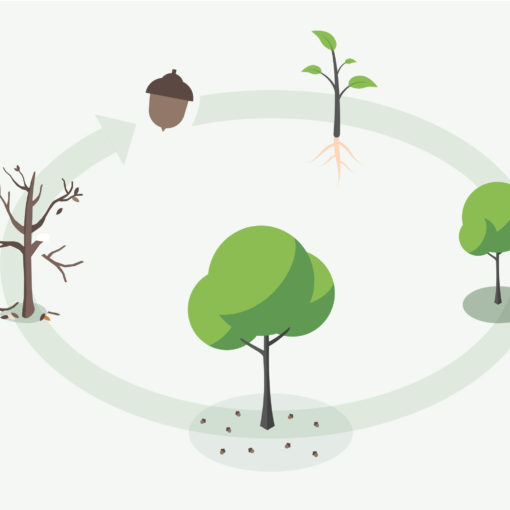I have been reflecting on some of the ancient sites in the UK and thinking about how perspectives of them reflect some of the limitations of perspective that we take on life generally.
I wanted to start with a personal love of my own, the White Horse of Uffington.
It is an iconic image of English landscape, but there are two key issues here. Firstly the image that most people have in their minds is one that is impossible to see unless one is in the air above it, secondly, there is much more to see. Whilst we acknowledge the beautiful crafting of the chalk figure, there is also a significant reshaping of the landscape below it, the Manger and the Dragon Hill.
It is similar with some of the larger henge monuments, Stonehenge or Avebury, we see the majestic stones but don’t always the wider work. In the latter case we recognise the little English sat inside the ancient megalith circle, but as look further there are two long extended venues that stetch out beyond the circle, the West Kennett avenue stretches for 2.4km, linking to a smaller circle called The Sanctuary. Also there is Silbury Hill, the largest acknowledged earth in Europe. Whilst we know what it is not (a burial mound) we do not know what it, but we can be certain that it’s proximity to Avebury.
We see the “big obvious thing” rather than its context in the surrounding landscape.
The Western rational approach is reductionist in its attention. We develop a deep expertise in a specific thing, often at the cost of its surrounding bodies or environment. Think of specialisms in the medical profession, or the academic focus of History by period, or by its charismatic characters (generally men! I am just saying, LOL).
If we look at Eastern medicinal approaches, for example in Traditional Chinese Medicine, there is a more holistic approach to healing “the system” as well as its environmental interactions. Or if we think of aboriginal storylines in the landscape, not just a respect for the living world around them, but a means of drawing it tangibly into the history and knowledge of their culture.
Recent scientific research has looked into how these differences, Masuda and Nesbit (2001) in the Journal of the Personality and Social Psychology Scientific American compared perceptions of watching an aquarium. They found that US participants generally described a large fish in the centre of the display, whilst Japanese participants described the central fish in relation to peripheral components (e.g., water color, plants, small fish).
Kuwabara and Smith (2013) explain how this difference in perception extends well beyond the aquarium “this difference between more individual object focused attention in Westerners and more relational attention in Easterners has been documented in a variety of tasks, including perceptual, social, and reasoning task.”
This feeds and strengthens our natural Availability Bias – we focus on the biggest and most obvious things, often fed by the negativity bias of “self protection”. Or the brightest shiniest objects, the “bling” in the world around us. The heuristic nature of our mind attends to that which shouts loudest, tabloid headlines serve as the great example. Our Availability Bias is fed by the most recent, frequent, extreme, vivid or negative.
Our focus narrows and we cease to see the big picture. In time we lose it. And so, whilst we see the White Horse and are in awe of its majesty but miss the landscaping that is carved out around it. The closest we get in the UK is probably the solstitial risings of the sun at Stonehenge.
Simon Schama in his book “Landscape and Memory” (2004) helps us to step back and understand that these relationships are ours too. He shines a light upon how landscape has shaped the western national culture and mythology, whether the beautiful and grand-scale landscaping of Le Notre in 17th century, or the forests at the heart of German folklore, born of the Romans incapability to subjugate and indigenous forest dwellers or the “fairy-tales” gathered together by the Brothers Grimm in the 19th Century.
Even the iconic vision of the white chalk cliffs of the southern England, a vivid representation of the motherland in the dark days of the second world war.
So, the landscape is not completely without reference in the West, but it is often no more than a chimera. A faint ghost in the dark recesses of culture.
In my own work, the shadows of this limiting perspective needs to be recognised. In teaching Equine Facilitated Interactions people are so often asking what “to look for”. It is not about the specific, it is about big picture, the person, the horse, the facilitator, what other people are in that space, what else is going on the horse’s perceived space (not just visual field!). It is sort of like we need to perceive everything at once.
Our culture sharpens our focus on “targets” from an early age – whether that the focus on individual academic achievement, the family before the community or God-heads of monotheistic religions.
It is not that how we perceive the world is wrong, it is just a recognition that this is not the only way. Understanding the limitations of our frames of reference, encourages us to step back see beyond them. Sometimes a different perspective is what we need. Something that reaches beyond ourselves; something that draws in the wider physical and social landscape. Helping us to remember that each one of us is part of something much bigger.
(This blog opened with my inspiration from the White Horse of Uffington, this link connects to my own celebration of that icon).




